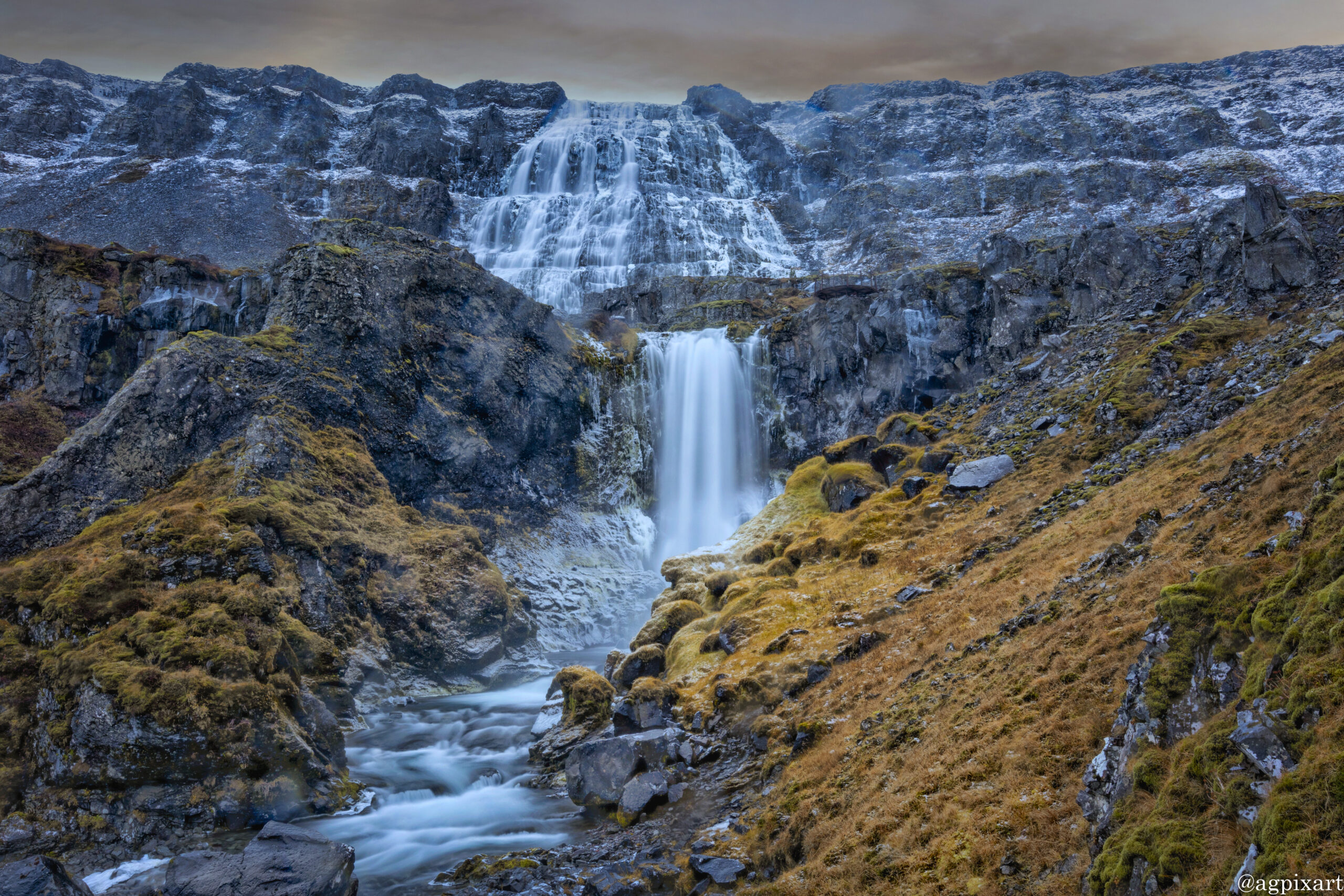The Westfjords
The Westfjords of Iceland are a remote and stunningly beautiful region, known for dramatic landscapes, deep fjords, and rich wildlife.

Explore The Westfjords
The Westfjords are located in the northwest of Iceland, forming a large peninsula connected to the mainland by a narrow isthmus. It is one of Iceland’s oldest regions, with landscapes shaped by millions of years of volcanic activity, glaciers, and the sea.
The Westfjords are less visited than other parts of Iceland, offering an off-the-beaten-path experience with fewer crowds offering a sense of stepping back into a more serene, wild Iceland. Many roads are unpaved, winding, and can be affected by weather, especially snow in winter. A 4WD vehicle is highly recommended.
Be prepared for variable weather with rain, wind and snow; layers, waterproof clothing, and sturdy shoes are essential.
The Westfjords
Instructions for photo proofing and comments:
Left-click on the photo to access options for title information (i), leave comment, or mark the photo(s) as the favorite. The option to submit the selected as favorite photos is under “Submit proofs” button under photo gallery.
